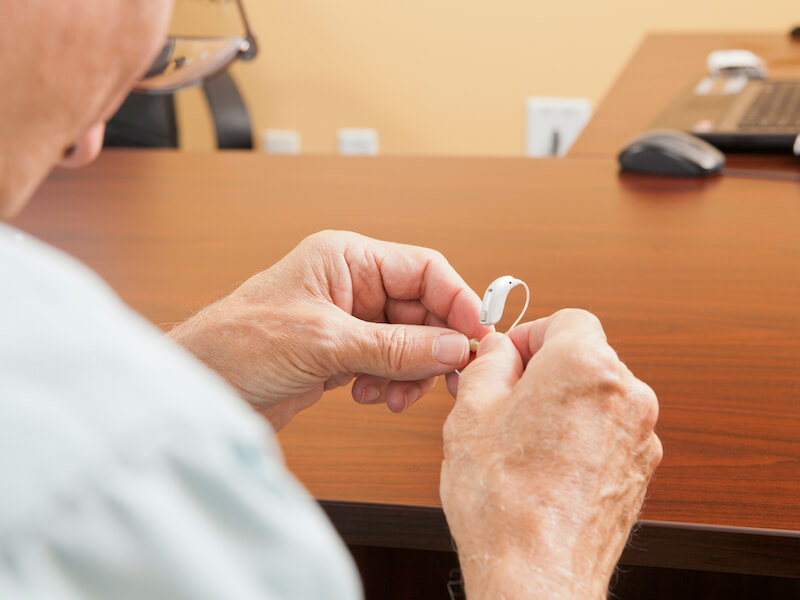
You take good care of your hearing aids. When you go to bed, you always put them comfortably on the charger and you clean them daily.
But you get pretty distressed when your hearing aids suddenly stop working the way they used to. Fortunately, there are a few steps you can take to troubleshoot the issue. Not doing any further damage is your top priority so you won’t have to replace them.
Troubleshooting your hearing aid
You saved the owner’s manual that came with your shiny new hearing aids, right? Hopefully, you did so that you can consult with your owner’s manual to undertake maintenance and troubleshooting. Using your owner’s manual is important because every model of hearing aid is different.
On most models there are some other things you can check, here are a few:
- Wax accumulation: Do a visual check of your hearing aid to ensure that there is no wax buildup interfering with standard functionality. Even if you carry out routine cleaning, sometimes wax can accumulate quickly, so it’s worth ticking this off your list.
- Keep your microphone clear: Check for anything blocking the microphone of your hearing aid. A blocked microphone can cause feedback or can cause your hearing aids to sound broken or quiet.
- Check your battery: Even if you know your hearing aids spent the night on the charger, you’ll want to double-check the battery power. If your hearing aid has replaceable batteries, it might not be a bad plan to check if those batteries are correctly inserted or if a new one fixes the issue.
- Check for visible damage: Do you notice any visible cracks or loose components around the shell of your hearing aid? If you discover cracks, it could indicate that moisture is getting in and there may be more significant damage.
Once again you can learn how to address each of these concerns by consulting your owner’s manual. Self-maintenance is sometimes possible.
How can I tell when my hearing aid requires repair?
If your hearing aid keeps malfunctioning after you’ve performed basic maintenance and troubleshooting, it’s likely that your hearing aid will have to be professionally repaired. That might not always sound desirable, after all, you depend on your hearing aid for daily communication (along with dinners with your family, staying up to date with your favorite Netflix series, and so on).
You won’t automatically be without your hearing aid for lengthy periods of time just because it needs to be repaired. Sometimes, we can fix it in office and you can take it with you when you leave.
Or, you’ll be able to take your hearing aids in for professional help and get them back in a matter of a few hours (this, obviously, depends on the extent of the damage, all the more reason to get your devices in for repair as soon as you can).
There are still some cases where such quick repair is not possible. And in those cases, you may find yourself needing a backup pair of hearing aids. So if you have an old pair lying around, ask whether they will serve on a temporary basis. Or it’s possible that we have a loaner pair you can borrow.
Get assistance with your hearing aids without delay
It’s essential to get your hearing aid checked and repaired if you begin to notice the audio quality is starting to fail.
Any degree of downtime should be avoided. Your mental health and your overall health can be affected by untreated hearing loss. More to the point, once your hearing aids are ignored in a box somewhere, it’s all too easy to pretend they don’t exist, all the while, your hearing gets worse and worse.
The optimum way to keep your hearing working properly is to keep those hearing aids working. Keeping them charged, clean, and when necessary, professionally repaired is the best way to do that.
